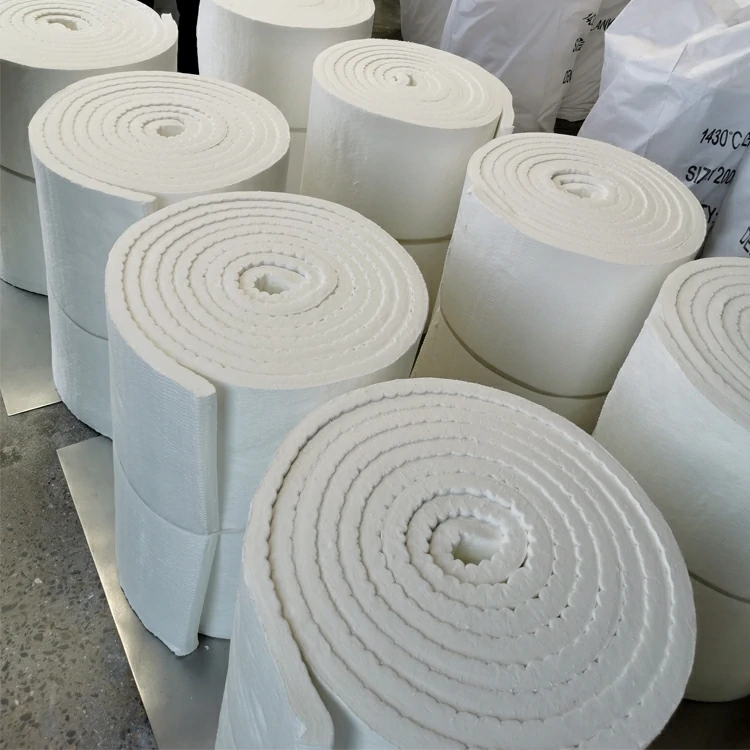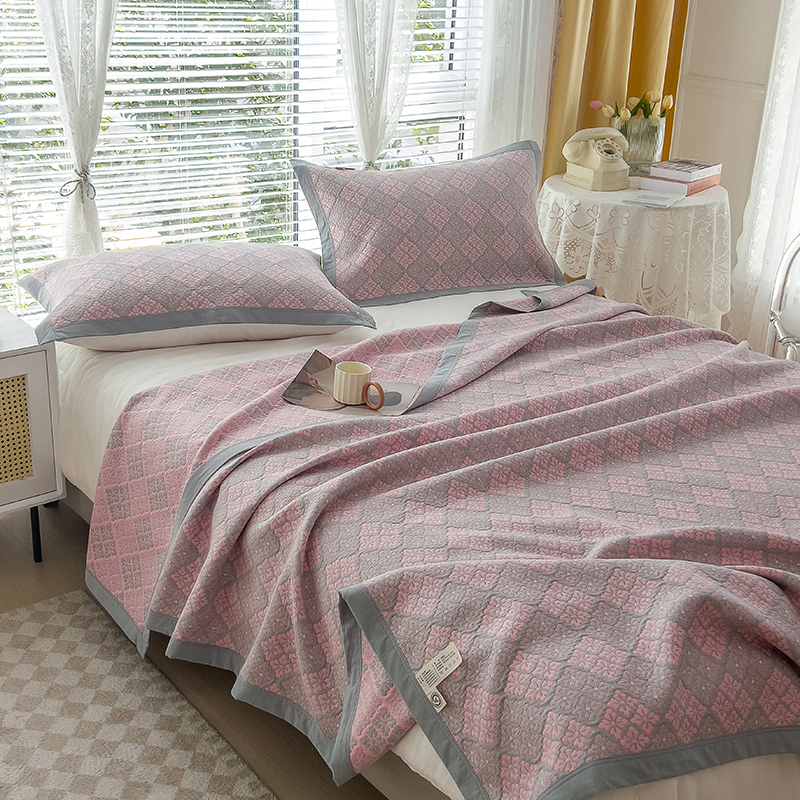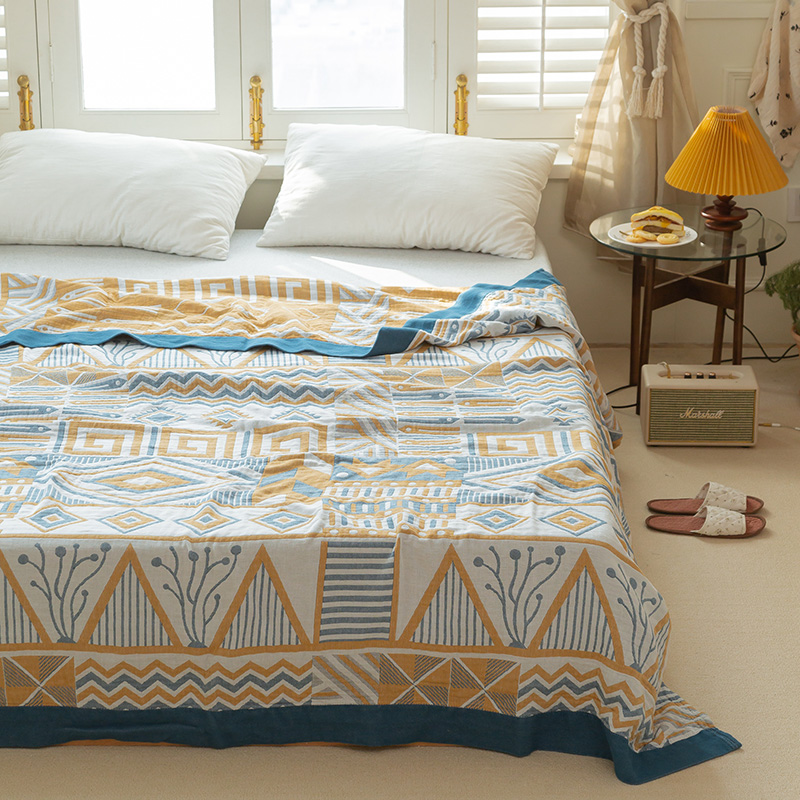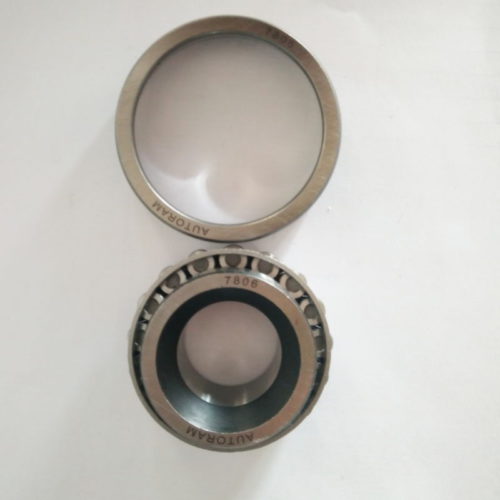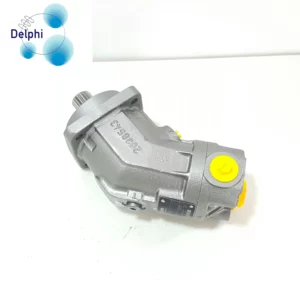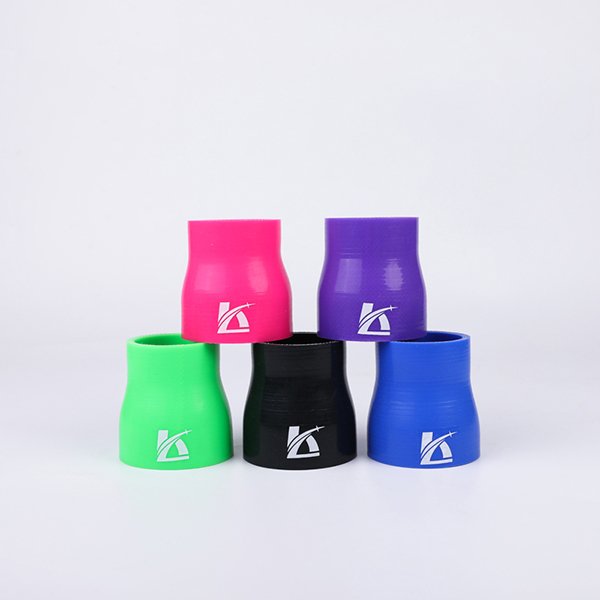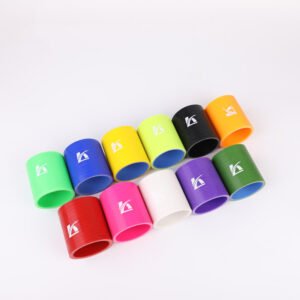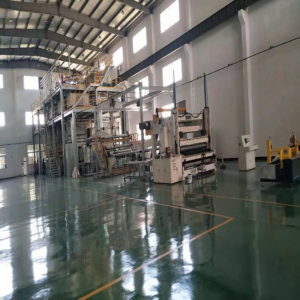When handling ceramic fiber wool blankets, it is important to follow certain safety precautions to minimize the risk of irritation or injury.
Here are some common safety precautions to consider:
Personal Protective Equipment (PPE): Wear suitable personal protective equipment, including gloves, safety goggles, and a dust mask or respirator. This helps protect your skin, eyes, and respiratory system from potential irritation caused by the ceramic fibers.
Proper Handling Techniques: Handle ceramic fiber wool blankets with care to avoid unnecessary fiber release. Minimize agitation or shaking of the material to reduce the potential for airborne fibers.
Work in Well-Ventilated Areas: Work in well-ventilated areas or use local exhaust ventilation to minimize exposure to airborne fibers. Adequate ventilation helps disperse any released fibers and reduces their concentration in the air.
Avoid Direct Skin Contact: Avoid direct skin contact with ceramic fiber wool blankets. If contact occurs, wash the affected area with mild soap and water. Remove any contaminated clothing promptly and wash it separately.
Hygiene Practices: Practice good personal hygiene after handling ceramic fiber wool blankets. Wash your hands thoroughly with soap and water before eating, drinking, or touching your face.
Safe Disposal: Dispose of any waste or scraps of ceramic fiber wool blankets according to local regulations and guidelines. Check with your local waste management authorities for proper disposal methods.
Follow Manufacturer Recommendations: Read and follow the manufacturer’s instructions, guidelines, and safety data sheets (SDS) provided with the ceramic fiber wool blankets. This information provides specific handling instructions and safety precautions.
Training and Awareness: Ensure that personnel handling ceramic fiber wool blankets are adequately trained and aware of the potential hazards associated with the material. Provide training on safe handling practices, proper use of PPE, and emergency procedures.
It’s important to note that these safety precautions are general guidelines, and specific safety measures may vary depending on the manufacturer’s recommendations and local regulations. Always consult the manufacturer’s instructions and adhere to any safety guidelines specific to the ceramic fiber wool blankets you are working with.
What are some common symptoms of irritation caused by ceramic fiber wool blankets?
Exposure to ceramic fiber wool blankets can potentially cause irritation to the skin, eyes, and respiratory system. ceramic fiber wool blanket The symptoms of irritation may vary depending on the individual and the extent of exposure.
Here are some common symptoms associated with irritation caused by ceramic fiber wool blankets:
Skin Irritation: Contact with ceramic fiber wool blankets can lead to skin irritation, which may manifest as redness, itching, or a rash. The affected area may feel sensitive or uncomfortable.
Eye Irritation: If ceramic fiber wool fibers come into contact with the eyes, it can cause irritation and discomfort. Symptoms may include redness, itching, watering of the eyes, or a gritty sensation.
Respiratory Irritation: Inhalation of airborne ceramic fiber wool fibers can irritate the respiratory system. Symptoms may include coughing, throat irritation, shortness of breath, chest discomfort, or a feeling of tightness in the chest.
Allergic Reactions: Some individuals may be hypersensitive or allergic to ceramic fiber wool. In such cases, exposure can trigger allergic reactions, which may include more severe skin irritation, hives, swelling, or respiratory symptoms such as wheezing or difficulty breathing.
It’s important to note that prolonged or repeated exposure to ceramic fiber wool blankets without proper protection and precautions may increase the risk and severity of these symptoms. If you experience persistent or severe symptoms of irritation after handling or being exposed to ceramic fiber wool blankets, it is advisable to seek medical attention.
To prevent irritation, it is essential to follow the recommended safety precautions, use appropriate personal protective equipment, and handle the material in a well-ventilated area. Always consult the manufacturer’s instructions and safety guidelines for specific information regarding the potential health effects and recommended handling practices associated with the ceramic fiber wool blankets you are working with.
